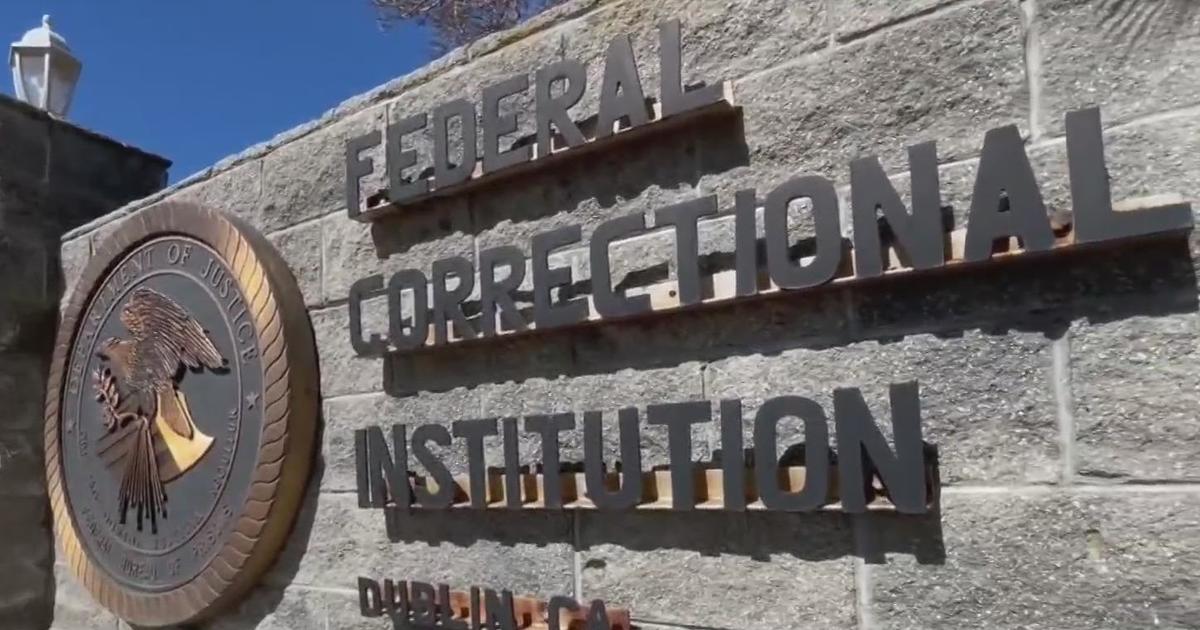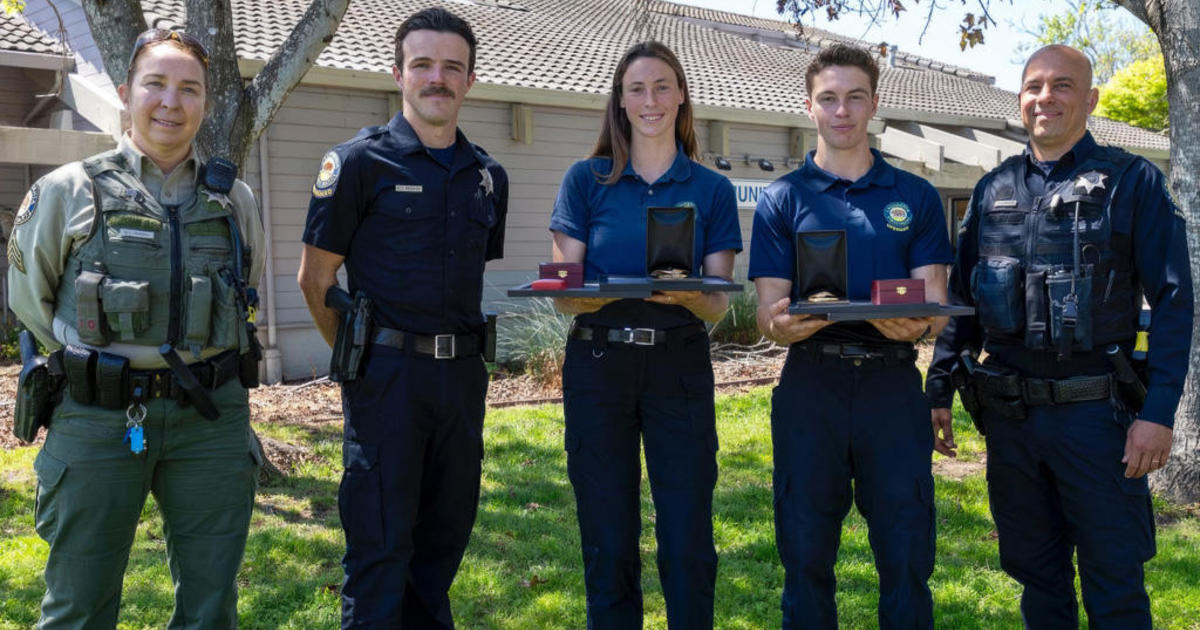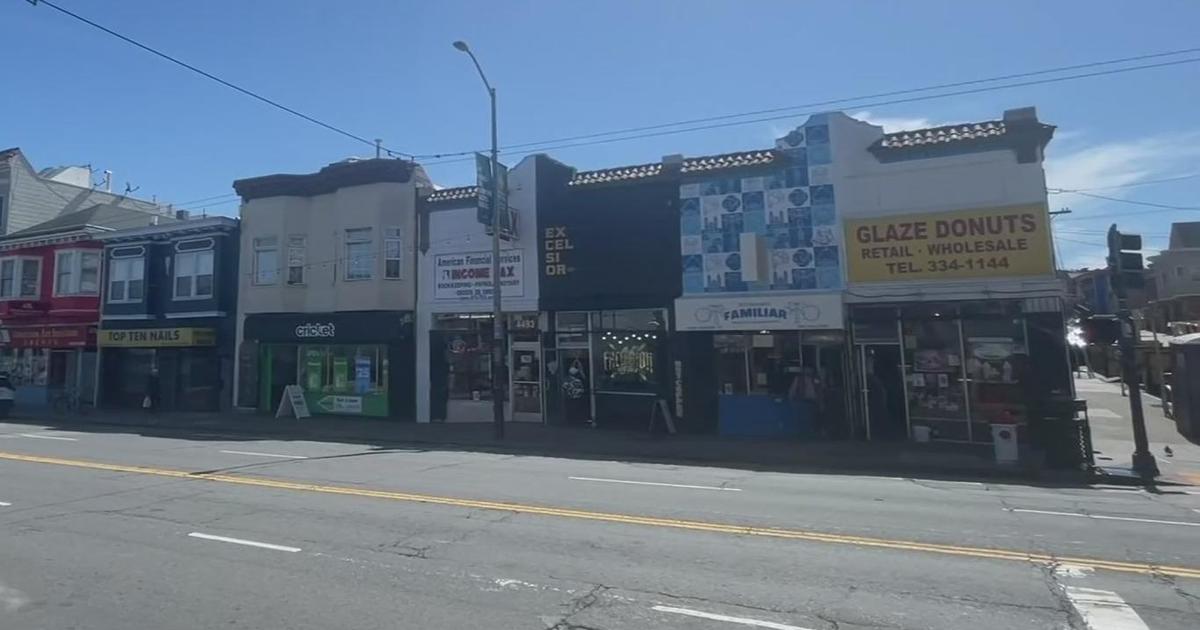California Moves To Phase Out State-Run Youth Prisons
SACRAMENTO (AP) — California is phasing out its state-run youth prisons and shifting the responsibility to counties, 162 years after lawmakers created the first alternative to housing children as young as 12 alongside adults in San Quentin and Folsom state prisons.
Advocates said the move reflects their belief that children who commit crimes can be reformed and are better served when held closer to their homes.
But supporters and skeptics said there is plenty of uncertainty ahead as the three remaining state-run lockups stop admissions Thursday and close in 2023. Oversight of juvenile offenders will shift from the state corrections department to the California Health and Human Services Agency.
That change in mindset "has a lot of potential to be far more effective," said Jessica Heldman, a juvenile justice expert at the University of San Diego School of Law, "as well as of course make communities safer" by having the needs of the youthful offenders identified and met so they can be reformed.
The state-run system has a troubled history marked by inmate suicides and brawls. The shift to local control is the final step in a lengthy reform effort driven in part by a class-action lawsuit and incentives for counties to keep youths out of the state system.
The first facility for troubled youths — the San Francisco Industrial School — was created by the Legislature in 1859. Two years later, the State Reform School in Marysville opened for boys 8 to 18. At one point, the state system included 11 lockups holding about 10,000 youths.
That youth offender population has dwindled to about 750. About 16% are serving time for homicide, 37% for assault, one-third for robbery, 9% for rape or other sex offenses. A disproportionate 59% are Hispanic and 29% are Black.
Until now, youths as young as 12 could be sent to the facilities and remain in some cases until age 25, though many are transferred to an adult prison when they turn 18. New admissions will now be overseen by 58 county probation departments.
Teens 14 and older who once could have gone to a state facility can instead be housed in county "secure youth treatment facilities" at the direction of juvenile court judges.
That's a troubling replication of state lockups at the local level, said Meredith Desautels, a staff attorney at the Youth Law Center in San Francisco.
"My major concern is that what we're actually going to see is youth who never would have gone to (state facilities) spending more time in secure confinement than they would have prior to the closure," she said.
Counties are determined to make the law work, said California District Attorneys Association legislative director Larry Morse, yet "frankly the details are still a little opaque and we have not really been able to sort through exactly how this will unfold."
Prosecutors want to know where youths who commit "the most egregious and horrifying crimes" will be held and how they will be helped, he said.
County officials fear smaller counties could have difficulty providing specialized programs for youths who commit sex crimes, for instance, or have serious mental health needs.
The state will ramp up to sending counties $212 million annually to help pay for their new responsibilities — about $225,000 per youth.
But the California State Association of Counties said the funding formula punishes counties that relied most on the state-run system and therefore need the greatest help developing local alternatives.
County probation officers, meanwhile, will be trying to find a balance between reform advocates' focus on rehabilitation and juvenile judges who, at prosecutors' request, could still send 16- and 17-year-olds to adult prisons for the most serious crimes.
California counties already handle about 35,000 juvenile offenders, more than 3,600 of them held in juvenile halls, camps and ranches. But when juvenile court judges in the past were faced with the most recalcitrant or troubled youths, they had the option of sending them to the state Division of Juvenile Justice.
"And then you'd have a big $200 million system available to that one youth to develop whatever case plan was necessary. So that gave confidence to the court that they didn't need to go to the adult system," said Chief Probation Officers of California executive director Karen Pank.
With that option gone, officials and advocates alike are looking for guidance from the nascent state Office of Youth and Community Restoration.
A consortium of 40 youth advocacy groups recently asked lawmakers to budget $30 million for the office — four times what Gov. Gavin Newsom most recently proposed — to provide better oversight of the entire juvenile justice system and not just those youths who previously went into state custody.
"It's been mass confusion at the county level with very little guidance at the state level," said attorney Frankie Guzmán, director of the California Youth Justice Initiative at the National Center for Youth Law.
That has often left probation departments leading by default while law enforcement agencies are suspect in the eyes of many advocates, said Guzmán, who spent six years in California's youth prisons for armed robbery.
Heldman cautioned that the state can't simply absolve itself of responsibility for the youths it is now pushing back to the counties.
"It's what I call the Pontius Pilate: the state washes its hands of these wards," Republican state Sen. Jim Nielsen, a former state parole chief, said during a legislative debate over the shift this spring.
But Democratic Sen. María Elena Durazo promised her budget subcommittee will oversee a proper transition, "so that all young people remain in our communities instead of being held in youth prisons far away from the resources and support they need to heal trauma and change the course of their lives."
"This was a moment of hope," Durazo said of lawmakers' vote for the shift. "It was also a recognition that we had to get it right, and it would not be easy."
© Copyright 2021 The Associated Press. All Rights Reserved. This material may not be published, broadcast, rewritten or redistributed.



